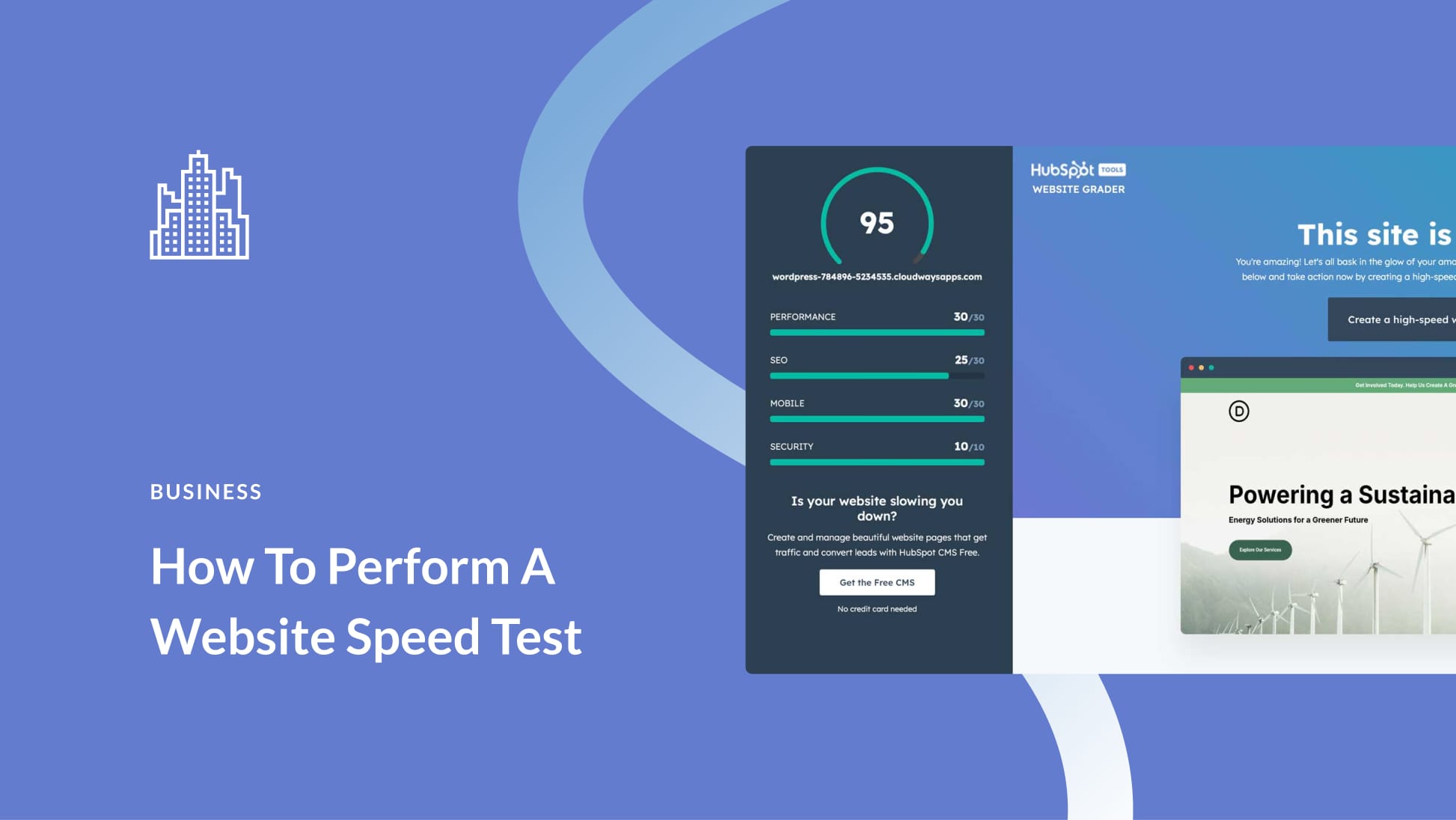Busy professionals can always use more hours in their day, and deciding to hire a virtual assistant (VA) is one of the best and most recommended ways to create that time. VAs provide just about every type of support service you can think of that can be performed remotely. They work with individuals, solopreneurs, small businesses, medium-sized teams, enterprises, etc.
There are general VAs who handle basic admin tasks and there are specialized VAs who have advanced experience in higher-level tasks, specific industries, or both. When you start to pick your tasks apart, you’ll realize that almost all of them can be taught to someone else. And while you can’t always find someone to think like you, there are plenty of VAs who will be able to act like you.
- 1 Different Types of Virtual Assistants
- 2 Pros and Cons of Hiring a Virtual Assistant
-
3
How to Find, Hire and Manage a Virtual Assistant
- 3.1 Decide Which Tasks to Assign
- 3.2 Create Detailed Instructions for Each Task
- 3.3 Determine When You Need the Virtual Assistant to Work
- 3.4 Find Potential Virtual Assistants
- 3.5 Ask Them to Take a Test
- 3.6 Interview the Virtual Assistants You’re Interested In
- 3.7 Start on a Trial Basis
- 3.8 Set Time Limits for Tasks
- 3.9 Schedule Regular Check-Ins
- 4 Final Thoughts
Different Types of Virtual Assistants
There are a few different ways that VAs work:
- The VA runs their own business. They’re able to charge more, usually starting around $25 per hour and then raising their rate as their career continues. They set their own schedule and determine which tasks they will and will not perform.
- The VA works for a company that connects clients with VAs. Their rate is usually lower, ranging from $10 to $15 per hour.
- The VA connects with clients via a micro-work site, like Fiverr. Instead of being employed on an ongoing basis, they perform quick, one-off jobs for clients. Rates are low, even lower than hiring a VA through a company because tasks are simple and/or the VA is at the very start of their career.
While plenty of international VAs charge a premium, some will have a super low hourly rate depending on where they are in the world and the cost of living. If hiring a native English speaker isn’t your main concern, you can get a lot of help even if your budget is small.
General vs. Specialized Virtual Assistants
A general VA can handle daily admin work and processes – the tasks that help you run your business, but won’t necessarily grow it. This includes tasks like making travel arrangements, managing your inbox, scheduling blog posts, and performing research. A specialized VA is advanced in certain growth-related skills, like customer service, photo editing, or marketing your social media platforms.
When outsourcing work to a general VA, you should give them detailed training and step-by-step processes. When outsourcing work to a specialized VA, you can tell them the outcomes you’re hoping for – you’re hiring an expert, so they know the best way to deliver results.
Pros and Cons of Hiring a Virtual Assistant
Ultimately, deciding to hire a virtual assistant is a great move for practically any professional, but it does come with a few downsides.
Pros
- Work that you can’t stand doing can be handed off.
- You have the option to work fewer hours or to do more with the hours you’re currently working.
- You’ll be more productive overall. Two people will be working instead of one; work will get done even when you’re taking time off; and you’ll have more time to focus on high-level tasks.
- There’ll be more time to pursue your passions, whether those passions are work-related or not.
- If you’re a solopreneur, hiring a VA will give you experience managing others, which you’ll need if you plan to grow your business and hire a team. In the meantime, you can get the help you need without hiring on-location staff.
- Since VAs work remotely, you have a huge pool to choose from instead of having to go with someone local.
- If your business has some clout, you could create a job board using a job board plugin and post your openings. People will start to find the position and reduce your cost per applicant when looking for new VAs.
Cons
- You may not find the perfect VA on your first try, and while you’re still handling 100% of your tasks, you’ll have to find, interview, and try out VAs.
- Training, managing, and communicating with a VA can take up a lot of your time, so you have to make sure it’s still worth it considering the extra time and work it’ll require.
- You’ll have to outsource some tasks that you enjoy doing because you know they’re time-wasters for you.
- It’s daunting to trust someone else with your business, especially if they can access sensitive information.
How to Find, Hire and Manage a Virtual Assistant
Adding a VA to your workflow takes a lot of work, but if you’re able to do it in an organized, intentional way, your business can thrive a few months from now.
Decide Which Tasks to Assign
There are all sorts of tasks that VAs handle, ranging from clerical work, data entry and inbox management to creative writing, graphic design, marketing and website development. Think about the tasks you do on a regular basis that take a lot of time and that you’re not an expert in. Instead of taking the time to learn more about a low-level task, why not hire a virtual assistant who’s already an expert in it?
If you can do the task better than the VA, and if the task is a huge piece of your business, don’t outsource it. Also, try not to hire VAs that specialize in (and therefore charge for) that task. For example, as a freelance writer, I don’t need a VA to write, edit or proofread for me. I may hire a virtual assistant who can do those skills, along with several others I actually need, but I’ll avoid a VA whose main offering is writing-related – why pay for that expertise when that’s my area of expertise?
Categorize All of Your Tasks
Make a list of every single task you do, large or small. Then, split them into four categories:
- High-value tasks that you’re good at and that you enjoy doing
- Low-value tasks that you’re good at and that you enjoy doing, even though they’re not a great use of your time
- Tasks that you hate doing
- Tasks that you’re not skilled enough to do
The only tasks you should absolutely keep for yourself are the ones in the first category. For everything else, hire a virtual assistant. Also, this is a good time to nix some tasks from your business altogether – there’s probably some dead weight you can get rid of.
Do the Math
You’re going to have to crunch some numbers when deciding what to outsource. You have to get more value from outsourcing the work than the amount you pay the VA.
For example, let’s say you make $100 per hour and the VA makes $25 per hour. You want them to search for potential freelance gigs for you. You know that one freelance gig can pay approximately $1,000 per month. If they spend 40 hours scouring job posts and you land one of the jobs they find, within one month you’ll break even, and within two months you’ll make a profit on the amount you paid the VA. Also, during those 40 hours, you may work on other types of billable work, which means you’ll see a profit even sooner.
It can take a lot of time to work out the math for every task you assign, but it’s worth it. The goal is to get something in return for what you pay, whether that’s actual money or something else that carries value, like time with your kids, more vacation days or hours to invest in a project that will pay off next year.
To keep it simple in the beginning, hire a virtual assistant for anything that has a lower hourly rate than you earn. So, if something will cost you less than you’d earn for that hour of work, outsource it. What you earn from your high-value tasks will pay for your VA.
Create Detailed Instructions for Each Task
Create a Standard Operating Procedure (SOP) for each task. Regularly update SOPs to coordinate with new strategies and to clarify points that are confusing for the VA. An outdated SOP isn’t worth much. Consider storing SOPs in Google Drive so that you and your VA can tag each other in comments and leave notes.
Include as many details as possible – assume the VA knows nothing. It’s better to overexplain than to under-explain. Make sure to add links to any tools or software they’ll have to use. You may have to create additional SOPs or training materials to get them up-to-speed on those tools.
Whenever possible, include fill-in-the-blank templates. For example, if your VA will be posting on social media for you, a template will ensure that each post includes the necessary info and follows your branding and voice.
Determine When You Need the Virtual Assistant to Work
Before you can hire a VA, you have to know how many hours per week and/or month they’ll need to work, plus any specifics about when that work should take place. For example, if your VA will be managing your inbox, you may want them to work early each morning, before you check your email for the first time that day. You may want somebody in a different time zone whose day starts a few hours ahead of yours.
Also, decide when you need the VA to be available for communication, which may be different from their work hours (though they should be paid for communication time). For example, you may need the VA to work during the hours when you’re working, but you may also want to touch base about the upcoming week every Sunday afternoon. Remember, if you’re hiring a VA from a different state or country, you have to account for time zone differences, plus different celebrations and holidays.
Find Potential Virtual Assistants
Search for VAs on a freelancer platform like Upwork. You can post your job description and/or sort through VA profiles. Some platforms like this will also track hours and manage payments, which alleviates admin for you. Additionally, you can list the job post on Craigslist, but you won’t get any of those platform-specific management perks.
When you post a job description, hide an indicator in it. For example, three-quarters of the way through the job description, you can write, “Use ‘zebra’ in your reply.” This will tell you which responders actually read the entire job post carefully. You can also state your name in the job description and see who customizes their response to you. Failing to call you by your name isn’t necessarily a deal-breaker, but professional and detail-oriented VAs will jump at the chance to personalize their response.
You can also work with a company that hires VAs and pairs them with clients. This means you can skip the search, interview and selection process. Plus, companies have large pools of VAs with varying skills, so it’s likely you’ll find exactly what you need.
Ask Them to Take a Test
Create a test assignment that’s representative of the most important or complex task you’ll need your VA to handle. Be clear about what you need and how long it should take, and ask them to tell you how long they spent on it.
It’s ethical to pay the VA for the test – some clients won’t offer payment, but it’s the right thing to do. A small flat fee is appropriate; you don’t have to customize payment to each VA’s rate.
Interview the Virtual Assistants You’re Interested In
Conduct a phone or video interview to get a better feel for your potential VA. You’ll be able to assess how interested they are in the work and how quickly they pick up what you talk about. Also, if having a good command of the English language is important to you, a verbal interview will help you evaluate their ability. If the VA is unwilling to get on the phone or a video call, consider that a sign that you shouldn’t work with them.
Start on a Trial Basis
Even if a VA aces the job application, test and interview, they may not be a right fit long-term. Some people are great at landing jobs, but they quickly lose steam and start to perform poorly. Also, you can’t know if they’ll be great at every task you assign them ahead of time.
A trial basis lets you both experiment with working together and you’ll see if they can handle the tasks and workload. Give it some time – one month to six weeks is a reasonable amount of time to expect a VA to adjust, but if you want, you can give them a full three months to prove themselves. Be upfront with the VA about the trial period – let them know how long it’ll be for and what you need to see during that time.
Set Time Limits for Tasks
Always set time limits. Tell the VA how long a certain task should take or at what point they should stop (like after X amount of hours). If they haven’t completed the task, they should still stop and check in with you. Otherwise, a task that should take three hours can take 15, which will cost a lot more than you budgeted for.
Schedule Regular Check-Ins
Stay in contact with your VA on a regular basis, like every day or week. Find out what they’re working on, what they’ve recently completed and if they have any questions. Have them fill out a report that asks for the following information:
- Tasks or projects completed that week
- Time spent on each task or project
- Tasks or projects they’re still working on
- Challenges or problems they faced
- Additional training they feel they need
- Feedback, ideas or questions
You can also use a project tracker, like a kanban board or a simple spreadsheet with updates, so that you can pop in at any time and find out task and project status.
Create a Culture of Openness
Those regular check-ins are the perfect time to show your VA how open and honest they can be with you. Your VA is part of your team, even if you’re only a team of two. They should feel comfortable enough to share their thoughts and opinions, especially if they think there’s a more efficient way for either of you to get your work done.
Final Thoughts
Opting to hire a virtual assistant is a cost-effective way to alleviate a big portion of your work. Aside from their hourly rate, there’s little overhead to worry about when bringing on a VA. Outsourcing a bundle of tasks means you can truly start working like an entrepreneur by filling your time with as many top-value tasks as possible.
The truth is that whether or not you think you can outsource some tasks, you’ll have to at some point. Business owners usually hit a wall and realize it’s impossible to juggle everything on their own. Whether it’s easy to make the transition or you’re struggling to figure out how to trust someone with your business, it eventually has to happen. Otherwise, you’ll risk burnout, which means long workdays, wavering focus, poor sleep, feeling like you’re drowning and having zero time or energy for the rest of your life.
Want to get into the growth mindset even more? Outsourcing your work to a VA is just scratching the surface. Check out this article about The Importance of Investing in Yourself and Your Business.
Featured Image via LanKogal / shutterstock.com









100% agree. It’s really important to know the scope of work you’d like your VA to take on. It’s also vital to realise that there will be an increase in work temporarily as you handover tasks to your VA. A good handover allows a VA to take ownership of the tasks and create thta space you’ve been looking for!
Thanks so much for your comment, Rachel! I find that carving out time to get a VA setup is the biggest roadblock, but any time I’ve done it, it ends up being worth it in the end.
hi Lindsay i am a full-time web developer and i want to know if there is any good plug-in in the WordPress website that acts as a virtual assistant in my absence? Do let me know.
Not that I know of, but if you find one, I’d love to hear about it!